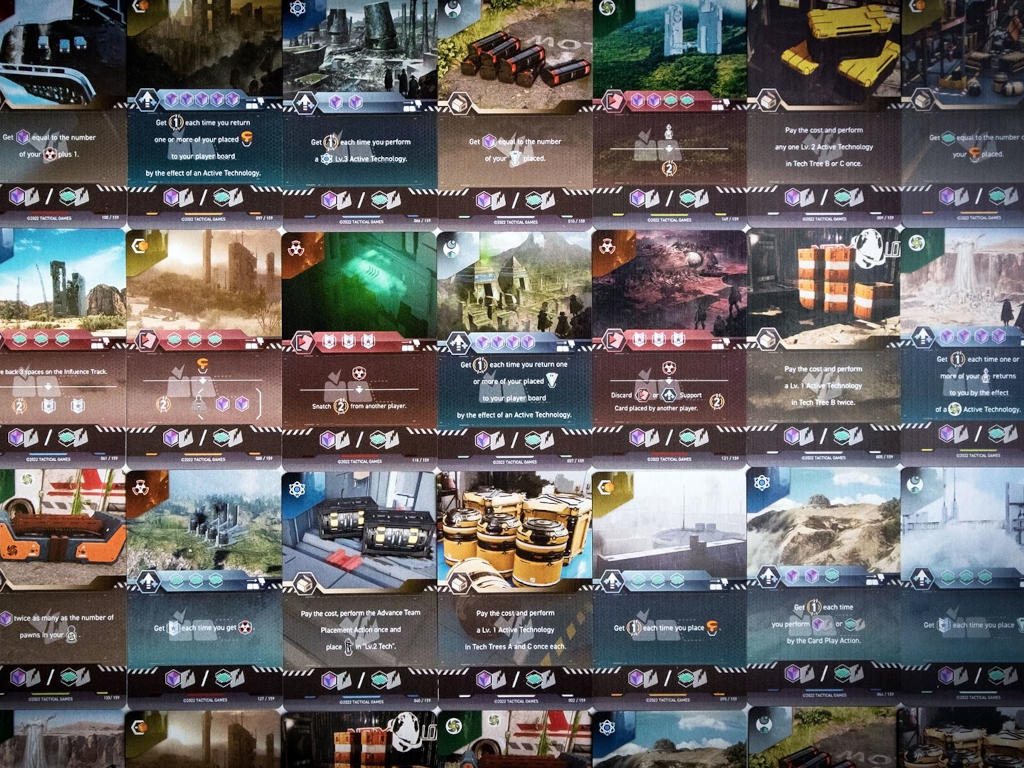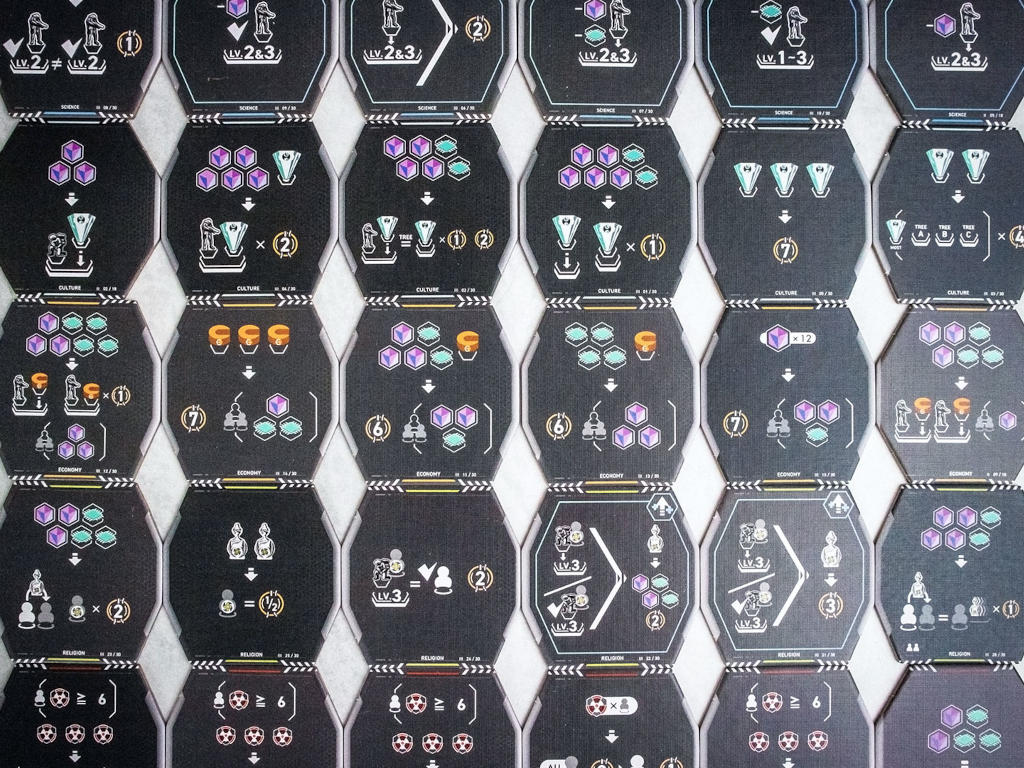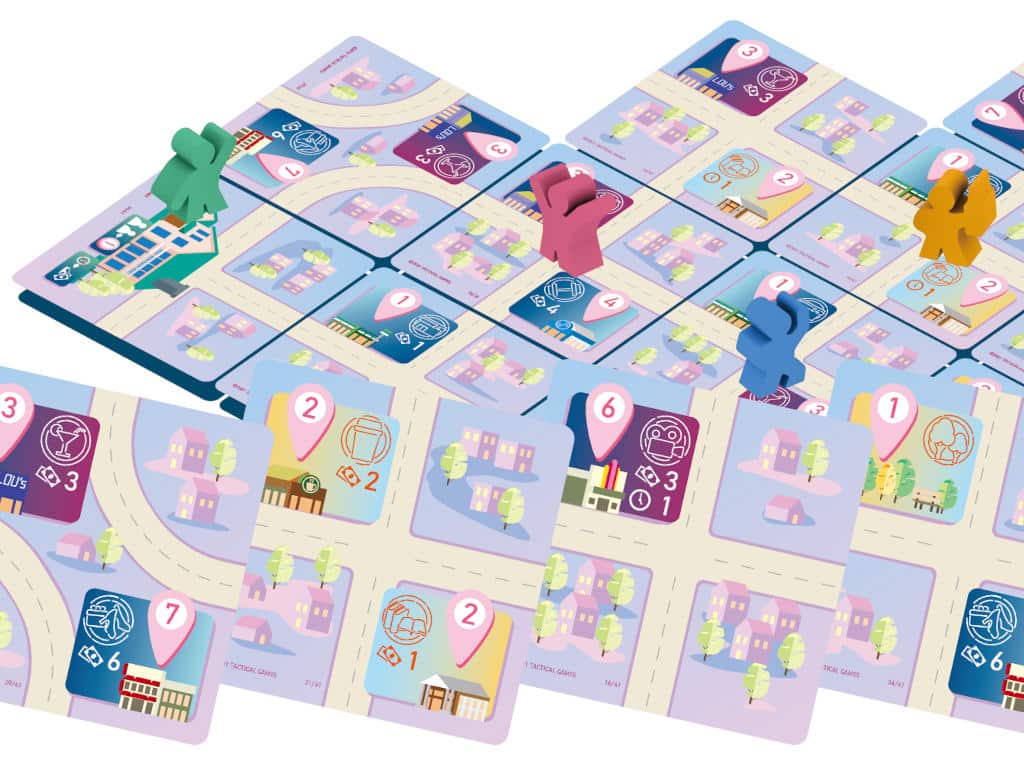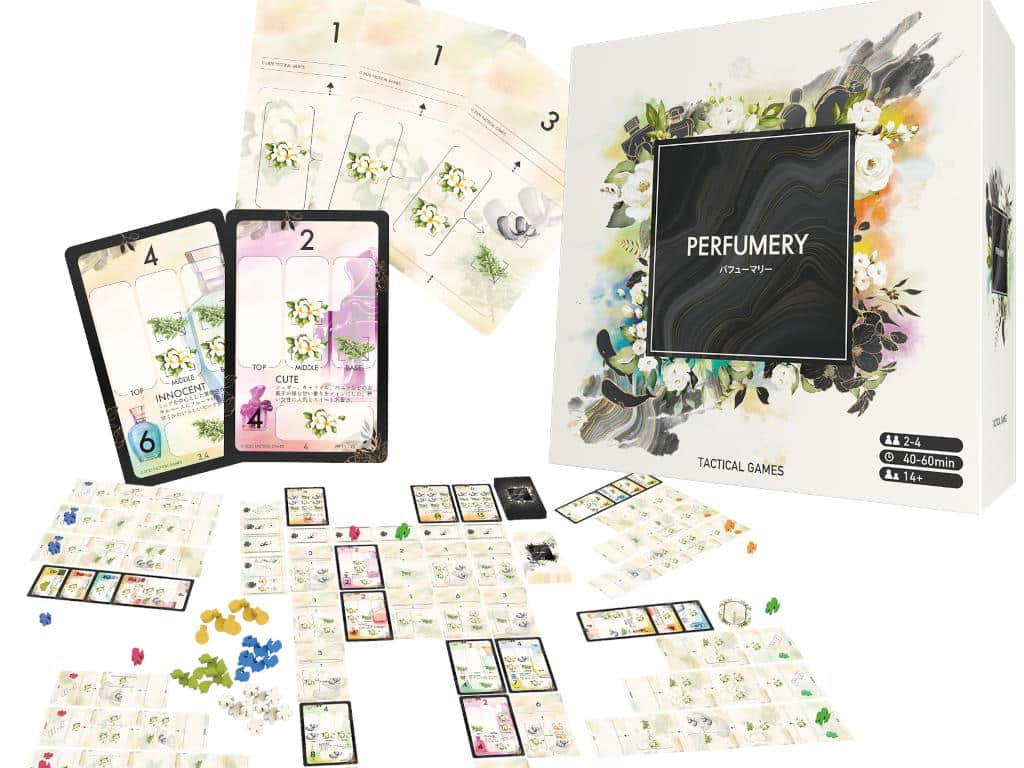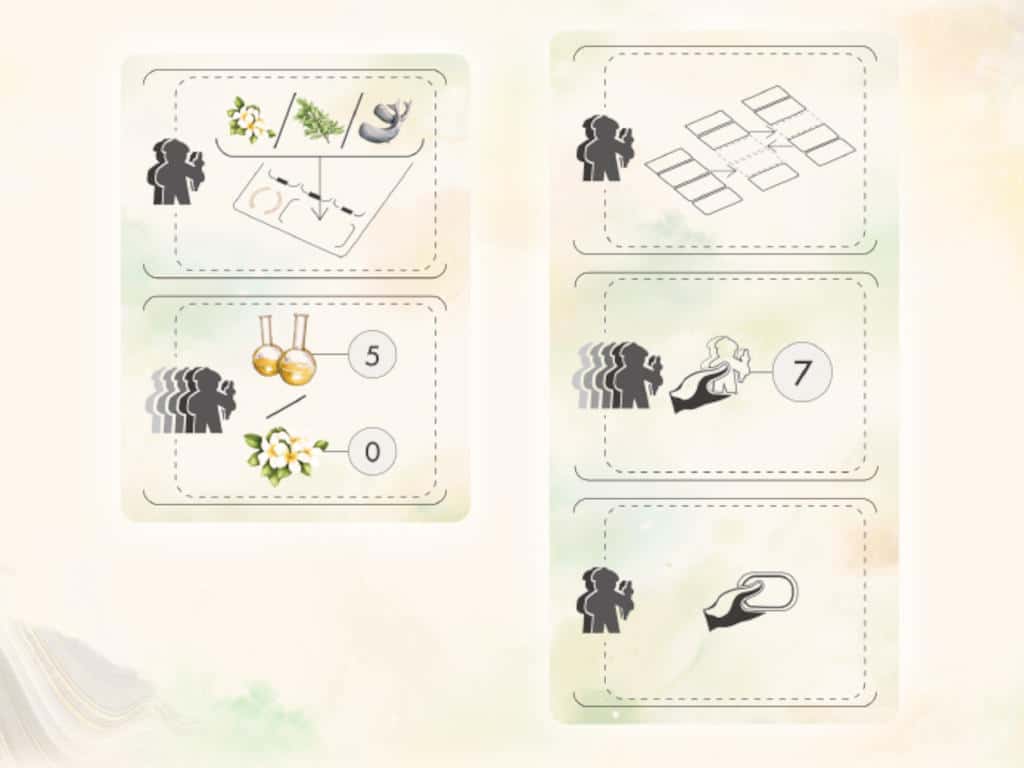
Yota Suzuki is a board game artist and UI designer. He created Tactical Games in 2017 and loves working with other artists to create the best results possible.
Artwork Samples
Audio Transcript
“My name is Yota Suzuki. I publish board games in Japan under the name of Tactical Games.
“I have been working as a board game artist since 2017.
“I became a board game artist when I started to create board games under the name of Tactical Games. I have originally been doing art and UI design work for digital games, so I was able to create art for board games as well.
“UI design is my speciality among other art. I pay attention to creating neat-looking icons and laying them out in an easy-to-see manner. Also, I often collaborate with various other artists and share the work. For example, I ask other artists to create the main artwork and I take care of UI design. In this way, we create games in a way that makes the board easy to see, but also makes the work more unique and artistic.
“The first board game I was an artist for was a game called Space Editor. This is the first game of Tactical Games, which is a studio I launched to create board games. It is a game in which you create a universe by connecting planets of various colours on the table.
“The work I am most proud of was for the board game called Atlas Lost: Rise of the New Sovereigns, for which we are currently running a Kickstarter campaign as of September 2022. For this game, we invited Kazuma Koda as main artist and I created the UI design and graphic design. Mr. Koda is a concept artist who specializes in creating post-apocalypse worlds, and I specialize in futuristic UI and HUD designs. So we were a good match in creating a post-apocalypse world with a near-future sci-fi style.
“I like creating sci-fi-related designs such as futuristic UI, which is my speciality. Many of these arts have a lot of information in the graphics, and I love artworks that contain a lot of information in one picture.
“I like to get my inspiration from sci-fi movies as well as world views and concept art of digital games. I also like designs of large buildings and information graphics and signs of public facilities, although these are a little far from board game art.
“I think the artwork must match the system and the effects of the game. Furthermore, I feel it is very important that the flavour text matches the artwork and the system. This is because the integration of these concepts enhances the players’ immersion into the game and makes it much easier to understand the system and effects.
“I think the most challenging part of making artwork for board games is to fit the system and art. Especially in UI design, a calculated game system needs to be integrated into something that is in line with the theme and the worldview of the game. It is important to create a worldview from both the system and the art, so we repeat test plays. In addition, you need to work backwards from the physical constraints of box size and desk size to optimize for component design and icon size. These design works, which are unique to board games, are not easy and take a lot of time.
“The work for a board game that took the longest to complete was for Atlast Lost: Rise of the New Sovereigns, which I mentioned earlier. It took a lot of reworking to create a sophisticated design, including icons. I spent a lot of time to make sure that the worldview was not compromised and also to minimize the stress of players. It is a heavy strategy game, and the time it took was several times longer than it would normally take for other games.
“In my view, it’s okay to go outside of the frame of board game art and work with various people. I think it’s a shame if only board game artists are creating a wonderful board game culture. If you’re a board game artist, why not work with a variety of artists?
“I admire an artist called GMUNK. He is a digital artist and director who works in movies and other media. He is skilled at expressing the large amount of information composed on the screen in perfect harmony. He used to create a lot of digital art such as futuristic UI, which I like.
“I like monotone colours such as white and black, but I also like other colour combinations that people would not normally use. In board games, player colours tend to be fixed to red, blue, green, and yellow. I like to use colours other than those. I also like the kind of art that is like never seen before, which I think is becoming more and more common these days.
“When it comes to art, I actually don’t know much about how software such as Photoshop and Illustrator work. So, even recently, I am sometimes surprised when I learn for the first time about a function that has been around for a long time.
“If you want to make art for board games, I recommend that you try making anything at all. It is not a profession that requires qualifications, so you should make as much as you like. However, it might not be easy to constantly keep making art.
“If you want to get in touch, please contact me via email. The address is found on the Tactical Games‘ website (tactical-games.net).
“Thank you all for listening and thank you Oliver for having me. Thank you so much.”
Transcript by Make My Game Travel (https://makemygametravel.


